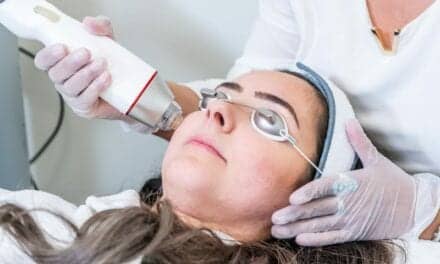3/05/08
Plastic surgeons at UT Southwestern Medical Center are deploying a new type of laser by Lumenis Device Technologies that goes deep into the skin to help reduce wrinkles and treat pigmentation differences.
UT Southwestern was one of only two US centers to receive the FDA-approved laser for initial testing before making it available to patients. Plastic surgeons have completed testing and are starting to use the carbon dioxide-based fractional laser, which combines minute focused columns of laser-induced injury with heat deposition, reducing skin damage and providing quicker recovery time.
“Fractional lasers are like aerating your lawn, where you have a bunch of holes in your lawn, but you have normal lawn in between," says Jeffrey Kenkel, MD, director of the Clinical Center for Cosmetic Laser Treatment and chief of plastic surgery at the Veterans Administration Medical Center in Dallas. "This allows for more rapid healing because intact, normal skin bridges the gap between the laser-induced injured skin. We can vary the distance between the holes, which has an effect on how much tissue we choose to treat. The treatment parameters are determined by what we are trying to accomplish for each of our patients.”
“What’s appealing about carbon dioxide lasers is that not only can you get surface and deeper skin changes, but you get heat that’s deposited into the skin resulting in improvement in wrinkles and skin tightening,” continues Kenkel.
Carbon dioxide-based lasers were popular in the early 1990s, but lost their popularity because of the long recovery periods—sometimes spanning several months—and pigmentation inequities that resulted in loss of pigmentation in the patient’s skin after treatment.
The treatments with the new laser are performed on an out-patient basis, but may require some local anesthetic. The recovery time is between 3 to 5 days.
[www.newswise.com, February 13, 2008]


